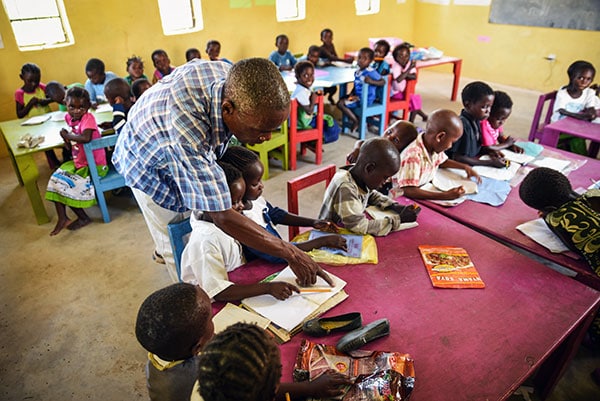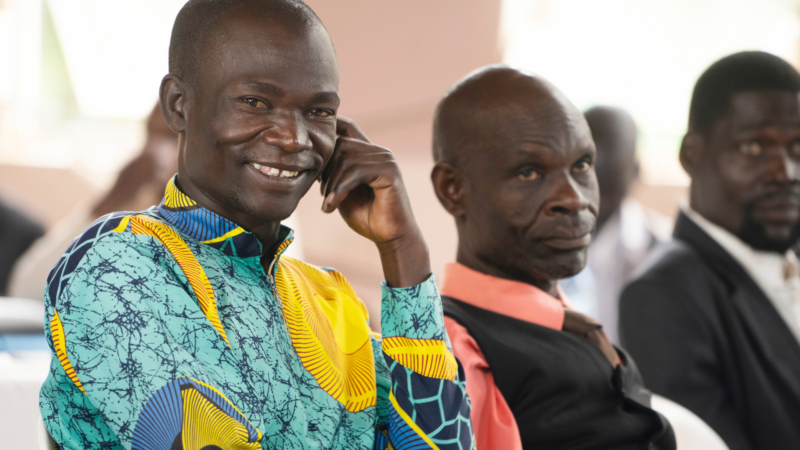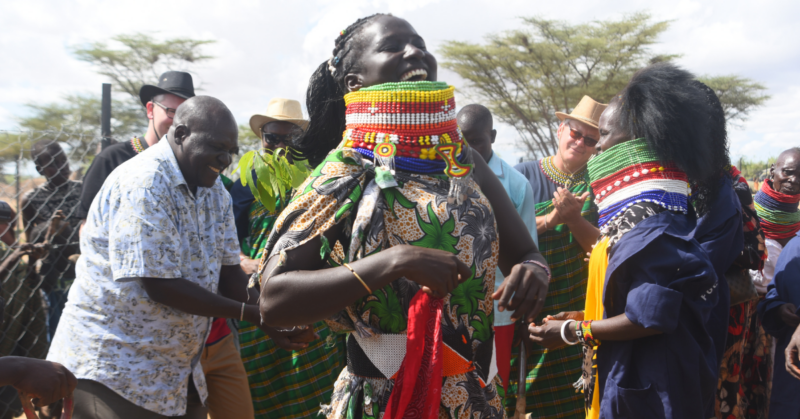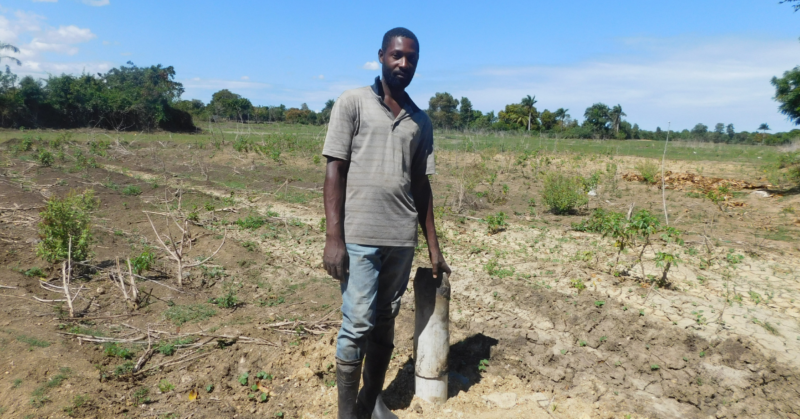Have you heard the astonishing stats about the number of children around the world not in school? Do you know what keeps children out of school in developing nations? Last week I touched on three common obstacles, and this week I will cover three more.
In my previous blog, I touched on the obstacle of school being too far or too hard to get to, and costs for uniforms and supplies being more than a family can afford. I concluded by talking about children needing to work—especially girls who have the task of collecting water.
So today I want to cover three more challenges, the first one of which is
#4: Being a girl
Besides needing to do chores, in some cultures there is less emphasis on helping girls get an education because girls marry young and are soon busy running their own households and caring for their own children. One out of every nine girls is married before she turns 15.
But it’s been said that if all girls in sub-Saharan Africa and south and west Asia had a secondary education, child marriage would drop by 64%.
It’s also important to note that while the gender gap of educating boys versus girls is definitely diminishing, if a family has to make a choice between sending a male child or a female child to school, the male child tends to be given preference.
In addition, in some areas, the largest cause of girls’ absenteeism occurs when a school doesn’t have separate toilets or latrines for the boys and girls.
Once a girl hits puberty, if adequate facilities aren’t available at school, she is likely to stay home several days of every month. Lack of adequate toilet facilities can cause her to miss up to 20% of the academic year.
It’s also a matter of safety. When girls have to use mixed-gender bathrooms, or bathrooms in isolated areas, or have to go discreetly outside, they are more vulnerable to harassment and assault. What a sad reason for a girl to miss an opportunity to get an education!
The next barrier I want to look at also takes place at the school level:
#5: Teacher shortages and the quality of education
Simply put, there are just not enough teachers to go around, and sometimes a teacher’s training is poor or nonexistent.
Last year, the U.N. reported that “69 million trained teachers are necessary to achieve global universal education by 2030.” Many teachers in developing nations don’t meet national standards, and consequently, children under their instruction are not getting a basic education.
There may be overflowing classes, multiple grade levels all learning together, or a severe shortage of textbooks and resources, all of which can lower the quality of education a child receives. Compounding the problem, if there aren’t enough teachers, or the teachers aren’t well trained, children won’t always be able to get the individual attention they need.
In some cases, if a school is beyond their maximum capacity, children may not even be allowed to enroll. It’s so unfortunate, but it is the reality of the situation.
#6: War and conflict
Violent conflict can disrupt and devastate every aspect of life; but it doesn’t only affect children’s present circumstances, but also their future because they’re being deprived of opportunities to learn now.
About half of the world’s out-of-school children reside in conflict zones.
War and conflict can prevent children from attending school in three main ways. First, if they’re living in a war zone, going to school may be out of the question.
Secondly, the horrific use of child soldiers. In 2016, there were 16 countries known to be recruiting and using children in their armies—seven of which are in Africa.
And thirdly: displacement. UNICEF recently reported that, globally, almost 28 million children have been“forcibly displaced.” About 10 million of those children are refugees—meaning they’re no longer even living in their home country.
Some nations make education possible for refugee children living within their borders, but some countries do not. And while there is a much greater chance of getting a primary education as a refugee child, there’s a much smaller chance of obtaining a secondary education.
All these factors I’ve detailed in the last two blog posts encompass some of the greatest challenges children face when it comes to learning.
In spite of all of this, great strides are being made, and more children than ever are going to school.
In sub-Saharan Africa, in the year 2000, 40 percent of primary school-aged children were not attending. In 2015, that number had dropped to 21 percent.
That’s so encouraging, because education is key to stepping out of poverty. It’s thought that if all the students in low-income countries could attain basic reading skills, that about 170 million people could be lifted out of poverty—reducing the global rate by 12%!
So, thank you, Allies, for partnering with us to make education a dream that really can come true.





